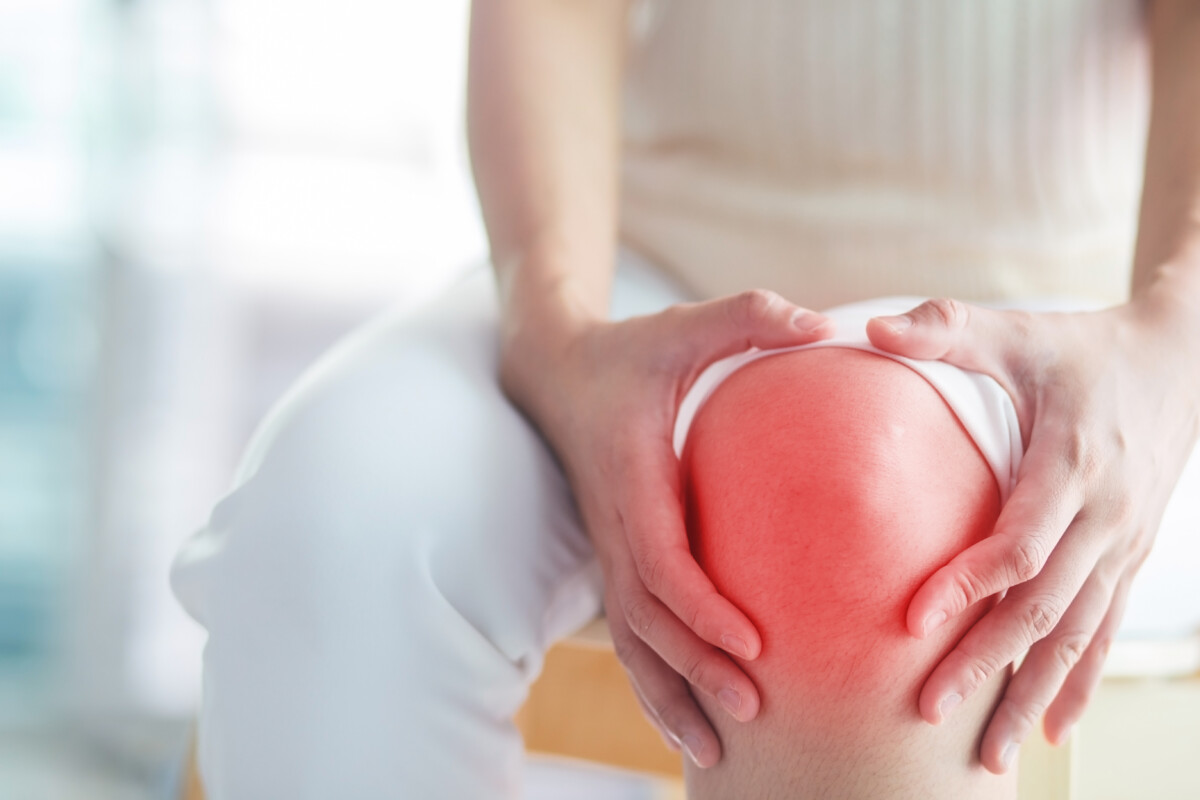Cartilage-Nature’s WD-40

There is an old saying “If it moves and shouldn’t use duct tape. If it doesn’t move and should, use WD-40.” If you want to understand osteoarthritis, think of cartilage as nature’s WD-40.
When your bones move against one another at your joints, cartilage works like lubrication. When you are missing cartilage, like a rusty machine, your movements can become difficult and painful.
What is Cartilage?
Cartilage is a hard, smooth substance found on the end of each bone. It looks a little bit like hard plastic but it does have some “give” to it. Two pieces of cartilage can easily slide over one another, which they do, over and over again during your lifetime.
Cartilage also acts as a shock absorber. When you land after jumping, and one bone jars against another, cartilage cushions the blow.
Two pieces of bone, on the other hand, do not slide easily over one another. They act like two pieces of metal without any lubrication in between. They grate and drag on one another. If they are suddenly shoved together after jumping, there is nothing to absorb the shock.
When you get osteoarthritis, the cartilage on the ends of your bones starts to deteriorate or wear away. If enough of it wears away, you can wind up with two bones moving against each other instead of two pieces of cartilage. This can cause swelling and make movement at the joint extremely painful and difficult.
What Causes Cartilage Loss?
Cartilage doesn’t disappear all at once. It wears away gradually. This can be the result of repetitive stress, injuries, heredity, obesity and/or certain metabolic diseases including diabetes. It is much more common in women than in men. It is found more often in older people than in younger people.
What can you do about it?
Unfortunately, a joint with missing cartilage isn’t as easy to fix as a machine that needs a bit of WD-40. In fact, osteoarthritis can’t be reversed. For this reason, it’s important to catch cartilage loss early and do what you can to protect your joints from further damage. This includes:
1) getting osteoarthritis diagnosed and treated as soon as possible.
2) keeping your weight under control. (Obesity puts additional strain on your joints and can contribute to osteoarthritis.)
If you start to have pain and stiffness in your joints that doesn’t go away, see your healthcare provider, especially if you are age 45 or older. Your primary care provider may refer you to a rheumatologist. This is a specialist who treats diseases such as osteoarthritis.
How can you slow the loss of cartilage?
Cartilage is part of your body. The best way to keep it healthy is to keep the rest of your body healthy. This means eating a healthy diet, getting plenty of sleep and exercise, not smoking or drinking and keeping your weight and blood sugar under control.
Injuries can also affect your cartilage health. For this reason, it’s important to protect your joints from damage. You can do this by not overusing the joints that are affected and by wearing protective gear when playing a sport.
Exercise can provide support by strengthening the muscles around the joints. A physical therapist can help you learn how to do this. Exercises should include cardio, stretching and strength training.
Sometimes braces and/or the use of a cane or walker may be needed to protect the joint.
What about medications?
Medications can ease pain, reduce swelling and make movement easier. At this time, they can’t cure or reverse the actual loss of cartilage due to osteoarthritis.
What else can be done?
In some cases, so much cartilage is lost that movement at a joint becomes “bone on bone” instead of “cartilage on cartilage”. When this happens, the joint may need to be replaced by an artificial joint. A joint replacement is a major surgery that can be life-changing for someone with severe osteoarthritis.
Not all joints can be replaced. Those that can include hips, knees, ankles, shoulders, finger joints and elbows.
